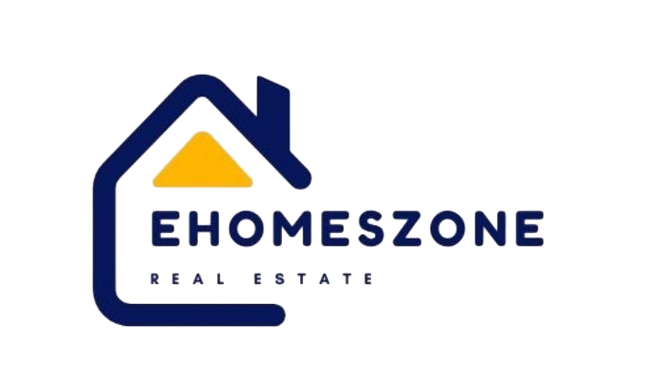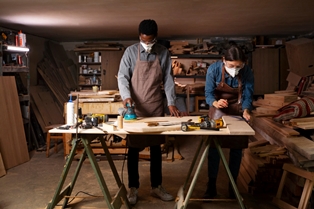Mold is more than just an unwelcome sight; it is a silent invader that can compromise your home’s structural integrity and health. Mold, a fungus found indoors and outdoors, thrives in environments with high humidity and moisture. This microscopic organism spreads through spores that are invisible to the naked eye and can settle in every nook and cranny of your home. The health implications of mold are broad, impacting both allergic and non-allergic individuals.
Mold exposure can lead to coughing, wheezing, nosebleeds, and a sore throat. It’s tough for vulnerable populations like children, the elderly, and those with existing respiratory conditions like asthma.
Identifying Vulnerable Areas in Your Home
Regarding mold growth, certain home areas are more susceptible than others. Spaces such as bathrooms, basements, kitchens, and attics often present the perfect environment for mold to grow, thanks to poor ventilation and the presence of moisture. Identifying these vulnerable areas early can save homeowners from significant damage and expenses in the long run. Recognizing signs like a musty smell or discolorations on walls and ceilings can indicate mold presence. This makes awareness and knowledge about mold remediation crucial for homeowners who seek to protect their families from its harmful effects.
Regular, thorough inspections of areas prone to humidity can prevent mold from gaining a foothold in your home. Particular attention should be paid to regions that have suffered from water damage or have leaks, as they provide the ideal breeding ground for mold spores.
Steps for Effective Mold Remediation
Effective mold remediation goes beyond simply cleaning up the visible colony. It’s a comprehensive process that requires addressing the underlying cause of the mold to prevent its return. Here’s a closer look at the steps involved:
- Identifying Moisture Sources: Mold requires moisture to thrive, so resolving leaks, condensation, or water infiltration issues is critical.
- Containment: Before cleaning, it’s essential to contain the affected area to prevent spore dispersion. This can be achieved by sealing off spaces with plastic sheeting and maintaining a differential air pressure.
- Removal: Materials heavily infested with mold, such as drywall, carpeting, and ceiling tiles, may need to be cleaned thoroughly or removed altogether.
- Cleaning and Disinfection: Surfaces should be scrubbed with mold removal solutions, and HEPA vacuums should be used to capture residual spores.
- Prevention: Finally, addressing moisture issues through better ventilation, dehumidifiers, or other permanent solutions is essential.
When to Seek Professional Help
Although minor mold issues can often be managed with do-it-yourself methods, larger infestations typically require the expertise of professionals. When mold is present in large areas or difficult-to-reach spaces, it poses challenges that are best handled with the right equipment and skills. Professional mold remediation experts have access to the latest techniques and tools to ensure that mold removal is safe and thorough. For details on professional mold cleanup, visit the EPA’s mold cleanup guide.
Additionally, trained professionals often provide insights on remodeling affected areas with mold-resistant materials, offering protection against future infestations.
Maintaining a Mold-Free Home Environment
Preventing mold growth is a continual process that relies heavily on maintaining a dry and well-ventilated environment. Start by regularly using ventilation fans in bathrooms and kitchens. Homes in zones with high humidity levels should consider regularly using dehumidifiers to maintain indoor humidity below 60%.
Pipes, windows, and roofs should be checked and repaired immediately if any signs of leaking occur. Homeowners are encouraged to promptly address water damage, as delayed responses can transform minor water issues into significant mold problems.
The Role of Mold-Resistant Products
In addition to traditional mold prevention techniques, modern mold-resistant building materials can offer additional layers of protection. Mold-resistant products such as drywall, paints, and insulation are specially treated to prevent moisture absorption, the main contributor to mold growth. Using these products during renovations or new construction can significantly reduce the risk of mold.
These are ideal for environments where moisture is constantly challenging, such as bathrooms and kitchens. Understanding the varied implications of mold, including its health impacts, is crucial for any proactive homeowner.
Conclusion: Keeping Mold at Bay
Deliberate action and preventive measures are your strongest allies in the battle against mold. Rather than waiting for mold to strike and cause damage, proactive maintenance and prompt responses to moisture problems can keep your home safe and healthy. Pair your efforts with consistent inspections and make necessary environmental adjustments.
Do not hesitate to seek professional assistance for mold remediation and implementing long-lasting preventive measures for best results. By staying informed and prepared, you can ensure mold will never gain a permanent foothold in your home.










Find Us on Socials